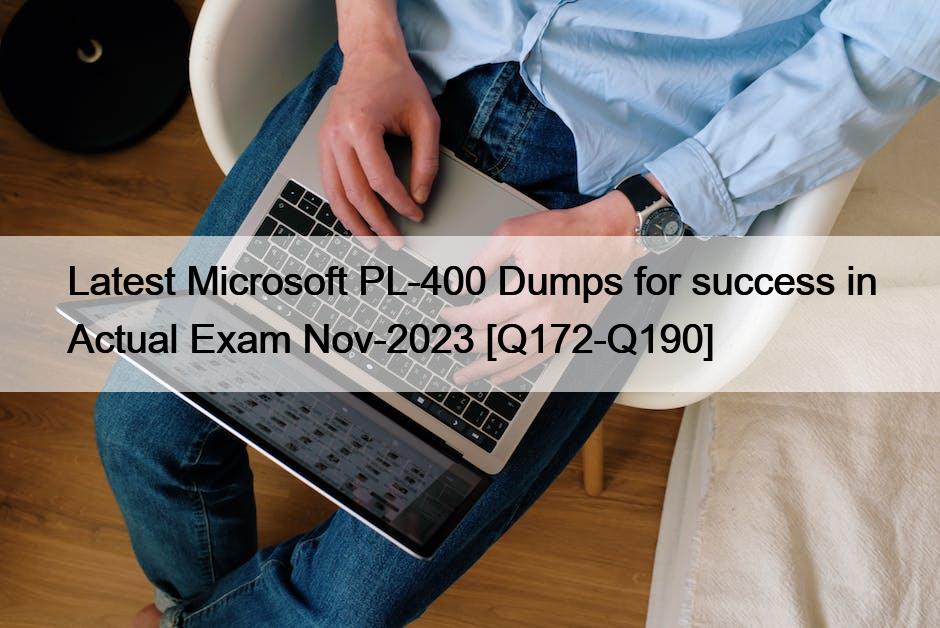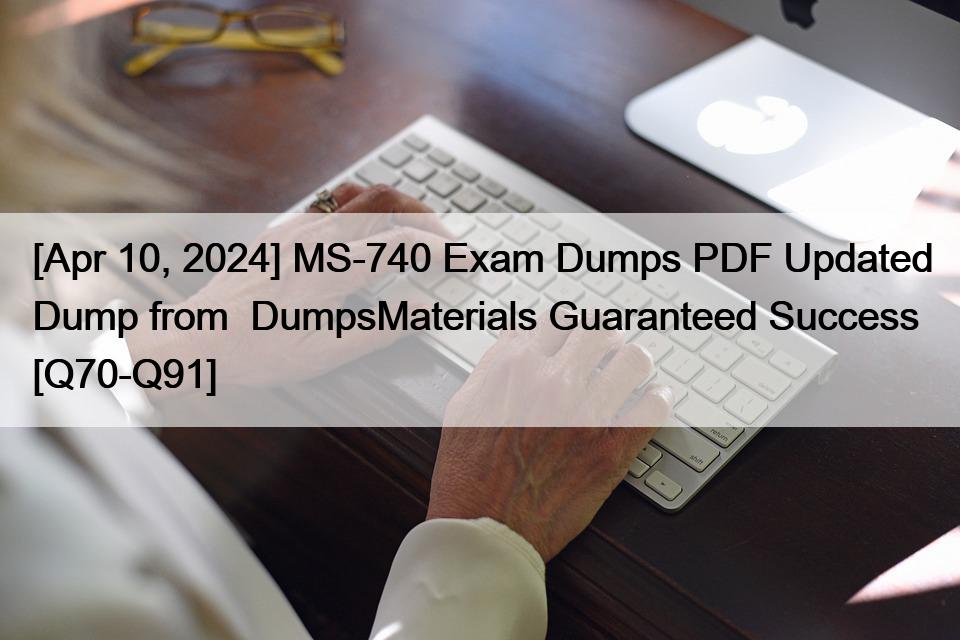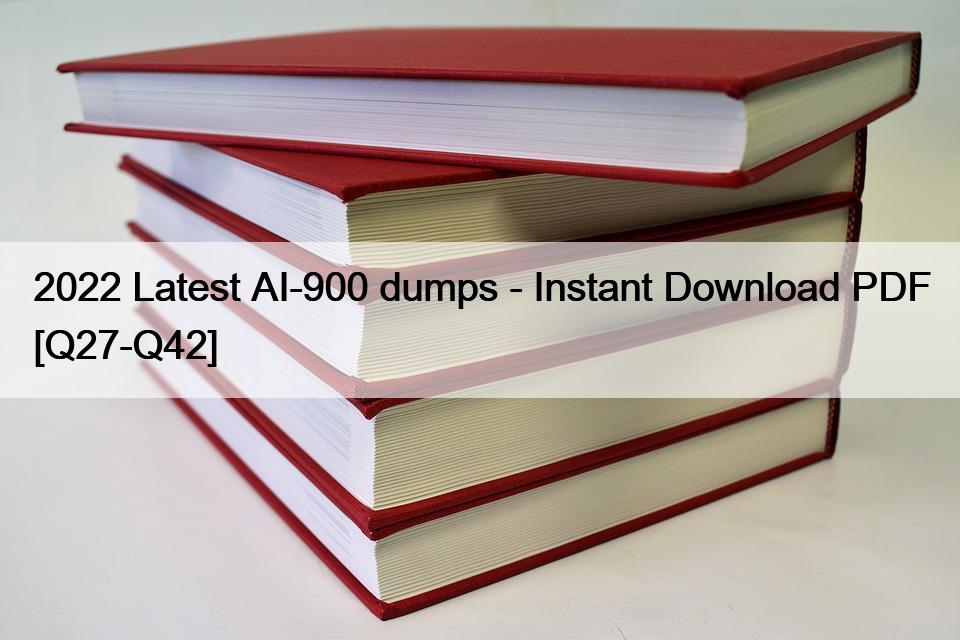Latest Microsoft PL-400 Dumps for success in Actual Exam Nov-2023 [Q172-Q190]
November 23, 2023November 23, 2023
examdumpsLatest Microsoft PL-400 Dumps for success in Actual Exam Nov-2023 [Q172-Q190]
0 Comment

Tags: new PL-400 test discount voucher, PL-400 latest exam braindumps, PL-400 new practice questions download, PL-400 reliable dumps sheet, PL-400 valid exam braindumps
4.6/5 - (10 votes)
Latest Microsoft PL-400 Dumps for success in Actual Exam Nov-2023]
Realistic PL-400 100% Pass Guaranteed Download Exam Q&A
![]()
Accurate PL-400 Answers 365 Days Free Updates: https://www.dumpsmaterials.com/PL-400-real-torrent.html
Related Post

[Apr 10, 2024] MS-740 Exam Dumps PDF Updated Dump from DumpsMaterials Guaranteed Success [Q70-Q91]
[Apr 10, 2024] MS-740 Exam Dumps PDF Updated Dump from DumpsMaterials Guaranteed Success Pass Your [...]
Free Aug-2022 UPDATED Microsoft PL-900 Certification Exam Dumps is Online [Q109-Q132]
Free Aug-2022 UPDATED Microsoft PL-900 Certification Exam Dumps is Online Microsoft Exam 2022 PL-900 Dumps [...]





